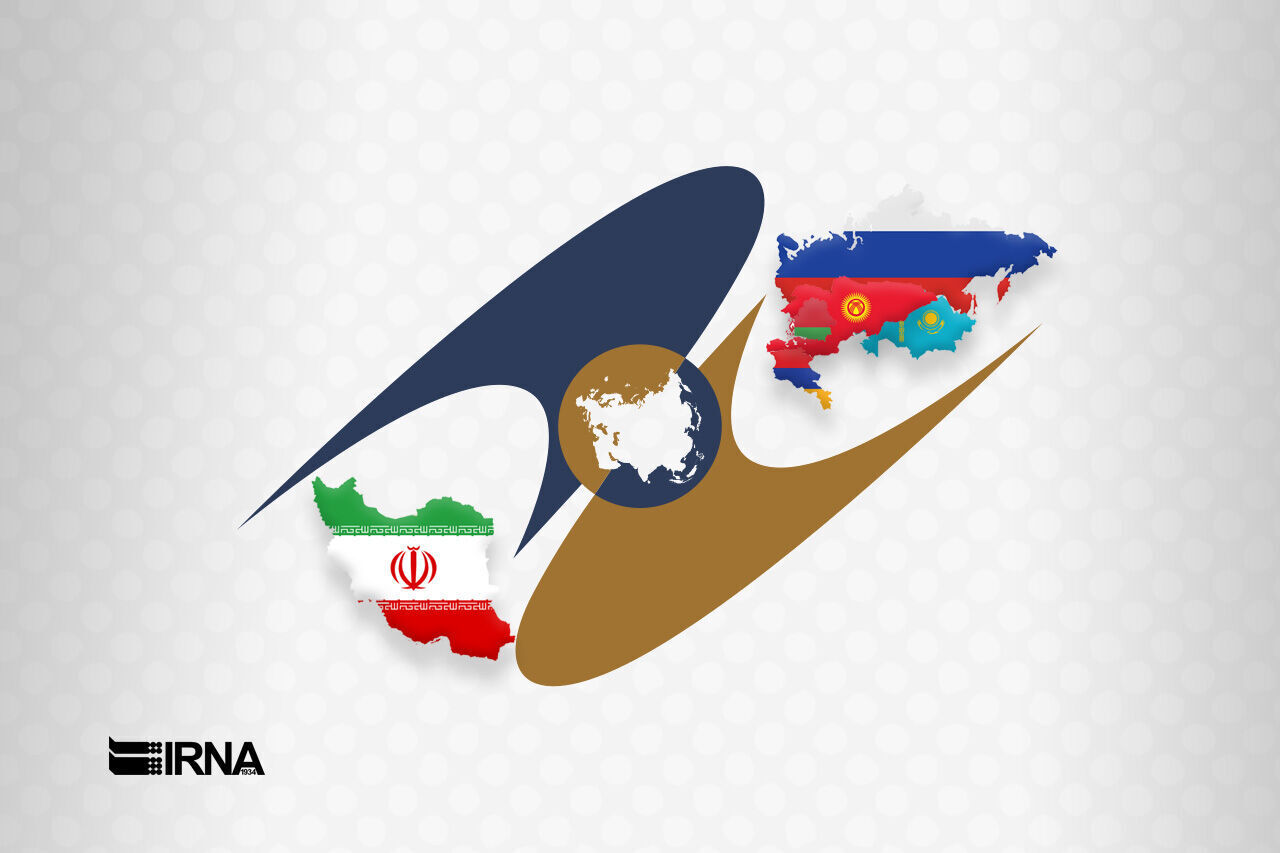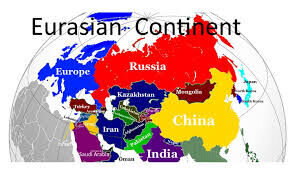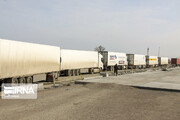One of the major objectives of signing this trade agreement is providing facilities for the merchants and investors and eliminating obstacles in their way.
Signing the free trade agreement with Eurasia and the resulting preferential trade agreement also contributes to the establishment of turning Iran into a regional trade hub, and strengthening Iran’s role as a safe North-South corridor for many regional countries, according to economic experts.
That is because in the framework of Iran’s free trade with Eurasia more than 500 of Iran’s export goods to Russia, Kazakhstan, Belarus, Armenia, and Kyrgyzstan are dealt with in the framework of zero-tax-level preferential trade.
Eurasia is an economic block comprised of five countries, namely Armenia, Russia, Kazakhstan, Kyrgyzstan, and Belorussia, with a 183-million-strong population, 1,900-billion-dollar gross national product, 1st world rank in oil production, 2nd world rank in natural gas production, and 4th world rank in electricity generation, regarded as one of the world’s most proliferous investment markets.
Early this winter the Iranian government issued the required permits for free trade negotiations with Eurasia and if those talks will bear fruit Iran’s free trade with that block will start in the mid-fall season next year, based on which the customs tariffs’ obstacle will be eliminated among them.
Now during the remained time for restarting free trade talks with that union, which according to Hamid Zadboom, the head of Iran Trade Development Organization, will be as early as next month, efforts aimed at eliminating all the obstacles between the two sides is needed more than ever before.
The significance of this economic block and the effects of Iran’s membership in it is focused on in this article.
***Iran’s entry to world markets
On increasing Iran’s economic cooperation through proximity with Eurasia during the past few years, various viewpoints have been presented, which due to the background of Iran’s cultural ties with that region, and the geopolitical significance of its member states, as well as the necessity of development of Iran’s foreign trade thru economic proximity in the region, they all attach extreme importance to this economic move.
According to experts, after the end of the Cold War, the world nation’s tendency towards regionalism has drastically increased and among various world regions, Central Asia is one of the geostrategic regions at the center of attention of various countries.
Iran’s cooperation with that economic block, worth more than $800bn, is the harbinger of boosting the country’s trade with various world countries, especially with our neighbors, particularly under such conditions that the enemies are seeking ways for segregating Iran and severing our trade ties with the world.
***High volume of trade and business transaction
The economic significance of this block is so high that after its establishment different countries announced their enthusiasm for membership in it.
The trade volume of Eurasia with world countries is around $850bn now.
Only $331bn of that volume is Eurasia’s imports from the different countries.
Iran’s current share of that volume is around $2.5bn, $1.6bn of it is Iran’s imports from Eurasia and $823mn exports.
At least 80% of Eurasia’s exports to Iran are agricultural products, especially edible seeds, and 68% of it is Iran’s exports to Eurasia, comprised of agricultural products, especially fresh fruits and dried nuts.
Due to the great significance of cooperation with Eurasia member states, Conference on Iran’s Economic Cooperation with Eurasia was sponsored by Iran Trade Room, and co-sponsored jointly by Persian Gulf Studies Institute, Iran-Russia Joint Economic Room, and Iran-Kazakhstan, as well as Iran-Armenia rooms and held this month in Tehran.
1424
Follow us on Twitter @irnaenglish










Your Comment